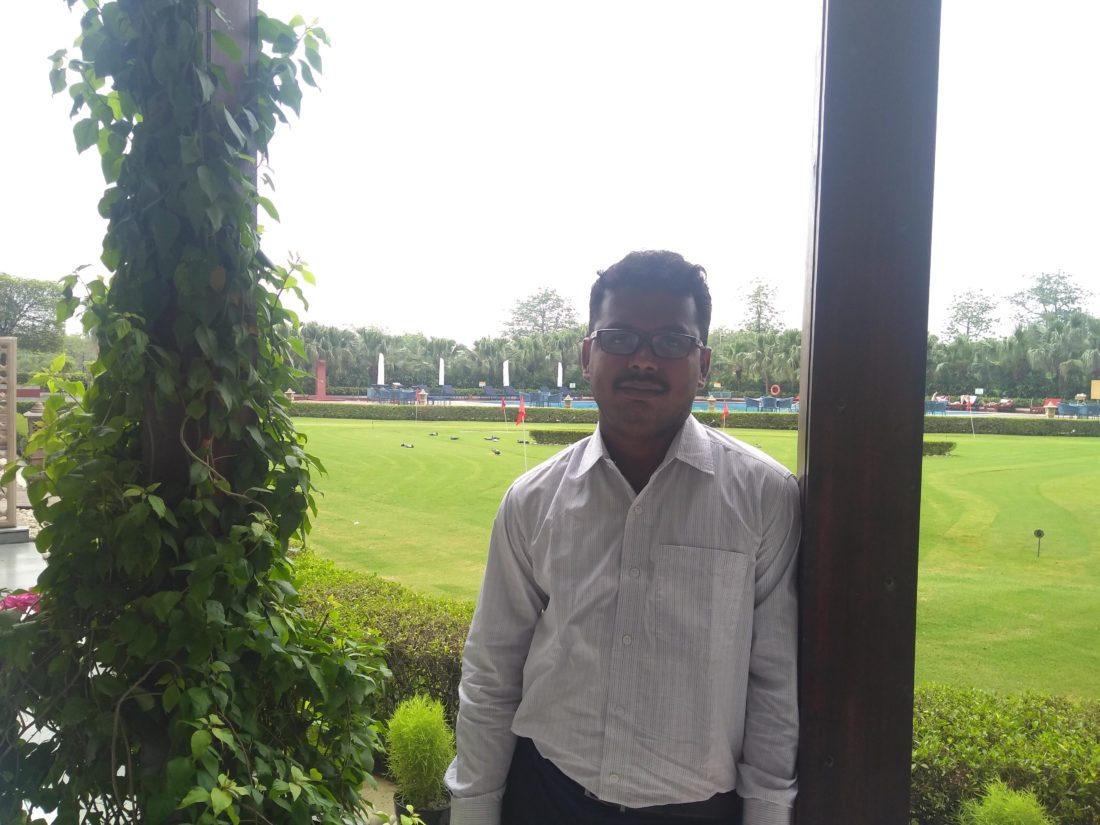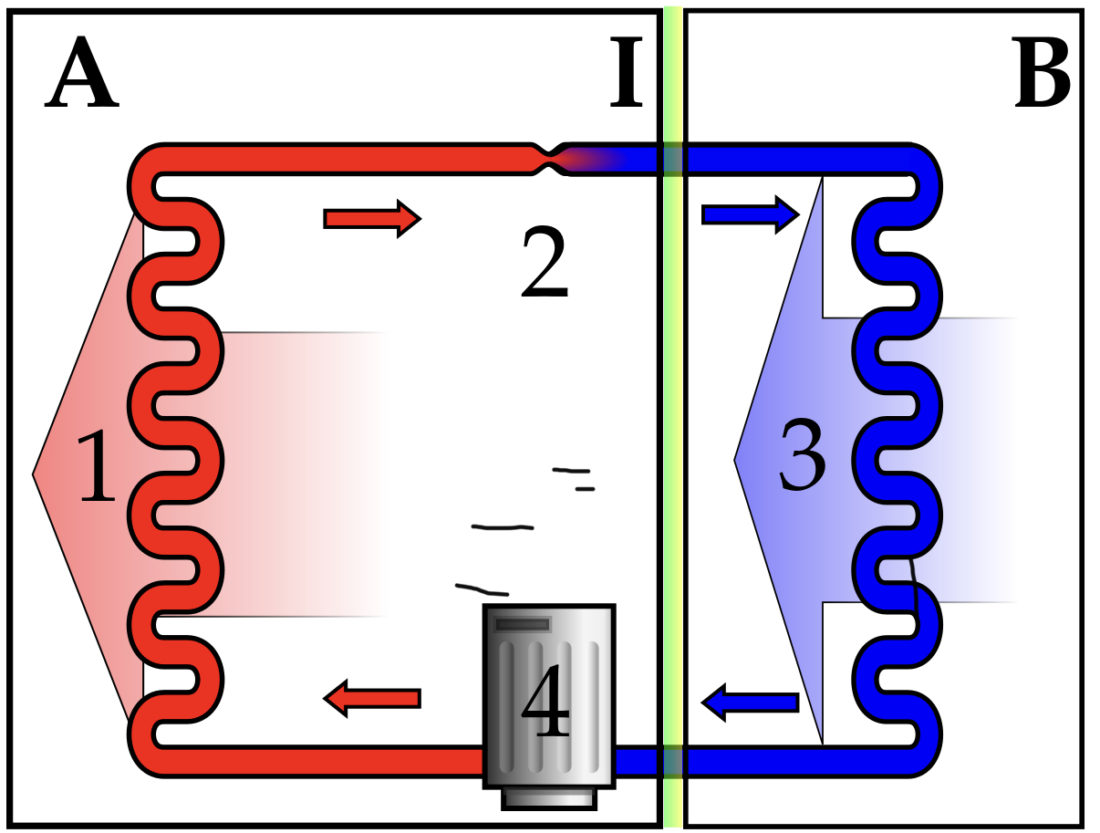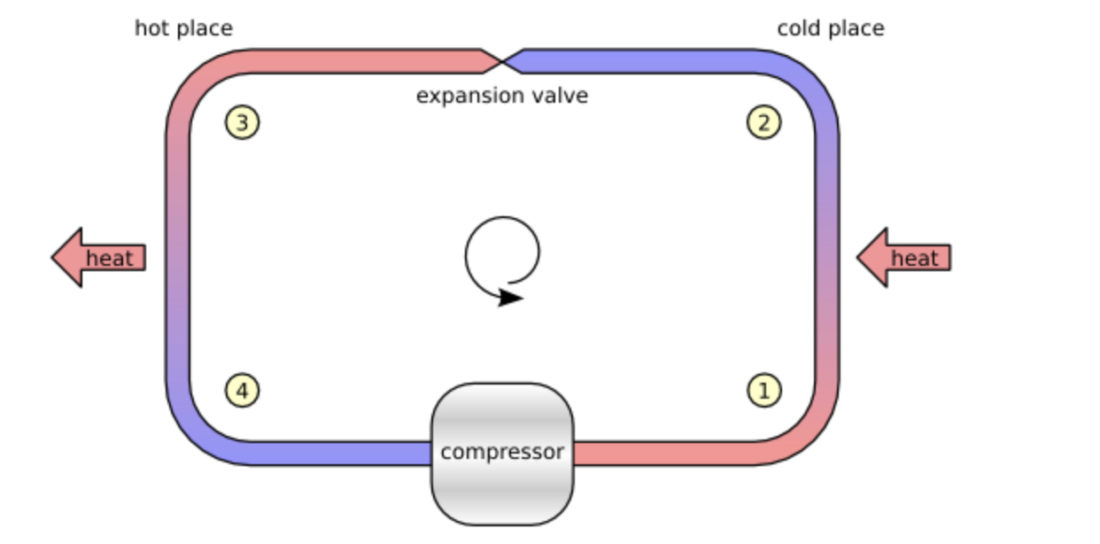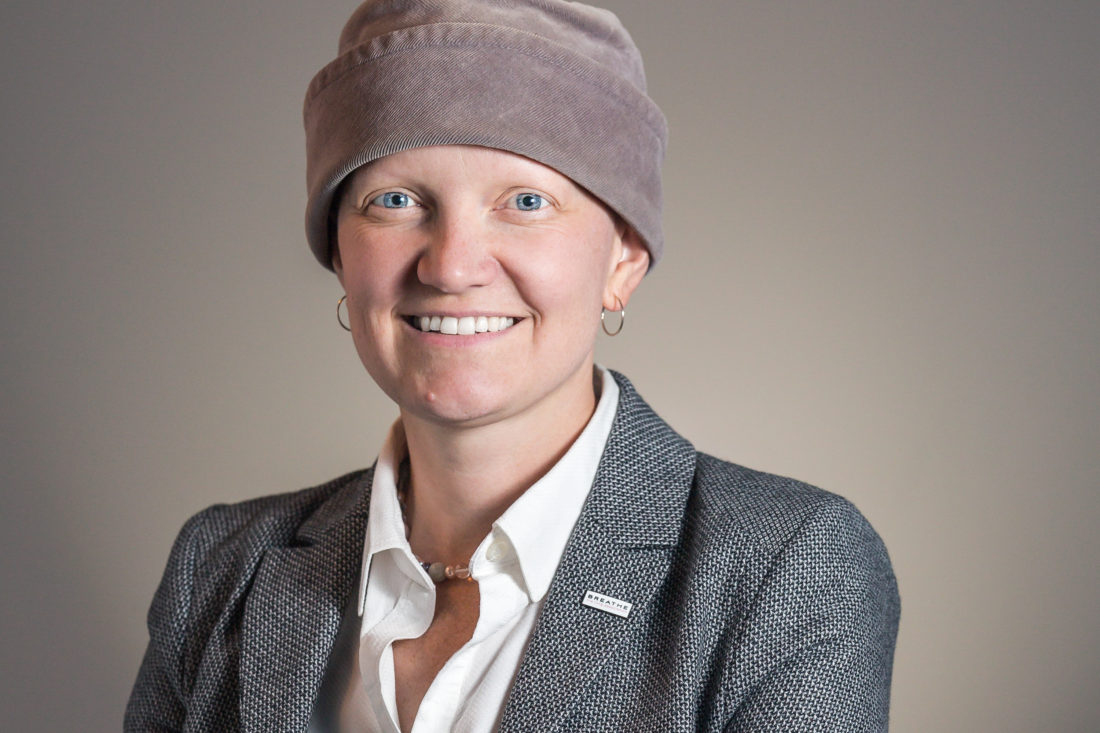Researchers at the University of Saskatchewan College of Engineering are working with the City of Saskatoon to explore the potential of using heat pumps for both heating and air conditioning in buildings.
In Saskatoon, where residents regularly see temperatures of -30 C and 30 C, both systems are important. Heat pumps are not a new technology, but as climate change is a growing concern each year, and as the usage of heating and cooling systems increases globally, the technology’s potential is being more seriously contemplated.

Gurubalan Annadurai earned his doctorate in engineering at the Indian Institute of Technology in Madras and came to Canada in 2019 as a postdoctoral research fellow working with Dr. Carey Simonson at the U of S. Simonson and Annadurai are leading the project on heat pumps.
“The performance of heat pumps for the given Saskatoon climatic and geographical conditions, we have to analyze it. That’s the core value of this project,” Annadurai said.
Annadurai explained to the Sheaf how heat pumps take advantage of the way energy naturally moves in the environment.
“If you keep ice in a hot environment, it just melts, right? On the other hand, if you need to do the reverse way, you need a system to do that,” Annadurai said.
Simply put, heat is energy, and to cool or heat a building requires moving that energy. As molecules absorb more heat their motion increases, which is seen when heated water evaporates as its molecules gain energy and move more freely.
In the hot summertime, heat from inside a building is absorbed by a liquid refrigerant, causing it to evaporate into a gas. That gas is then pressurized, causing the temperature to rise. Outside, the gas releases the heat and becomes a liquid. The liquid then returns to the building through an expansion valve that allows the liquid’s temperature and pressure to drop again.

In the winter, this process is simply flipped, so that hot, high-pressure refrigerant releases heat to the cold air in a building, passes through the expansion valve to lower its temperature and pressure, and then absorbs heat from the outside source before returning into the building.
“For the cooling cycle, the system throws the heat outside. For the heating cycle, the system throws the heat inside,” Annadurai said.
Heat pumps are distinct from the conventional natural gas heating system that is used in Saskatoon in that it displaces heat, rather than generating it. A heat pump still requires input of energy, but that energy can come from a renewable source, says Annadurai.

“If the city adopts some renewable energy plan … then the final [greenhouse gas] emission of heating will be very low,” Annadurai said.
“We should work on both sides. The system using energy should be energy efficient, the system which is developing energy should be renewable.”
Kathryn Theede is the energy and sustainability engineering manager with the City of Saskatoon. A mechanical engineer and alumnus of the U of S, she is the city lead for the research project.
“I’m supporting the project by sharing any available data that the city has, but also bringing my knowledge and background and information from my team on typical systems and retrofit applications for commercial buildings in our climate.”
To move away from the conventional natural gas heating method used in Saskatoon, heat pumps must be adopted in new buildings and existing ones through retrofitting. The cost of this, alongside the life cycle, long term cost and emissions created by heat pump systems, are what the research will analyze.
Annadurai says a barrier to switching to this more sustainable system is cost, because heat pumps have a higher upfront cost and may be less readily available than natural gas.
“That’s where the involvement of the City of Saskatoon is highly appreciable. If the city comes up with a plan, saying that all new buildings should have heat pumps as a heating source, [they] will give some incentives,” Annadurai said.
Theede and Annadurai say that the direct collaboration between the city and the university will help the city to implement research results.

“Being able to collaborate with experts like [Dr. Simonson] and Dr. Annadurai really can help the city use that knowledge and expertise from the university,” Theede said.
“Anybody can do research. This research has been done for the last 100 years. But, in doing research in combination with the City of Saskatoon … then it makes some sense at the end,” Annadurai said. “Then something is moving, not only the [research] paper, not only the literature, but moving something in a practical view. That’s how I see the collaboration with the City of Saskatoon.”
—
Sandra LeBlanc | News Editor
Photos: As Credited